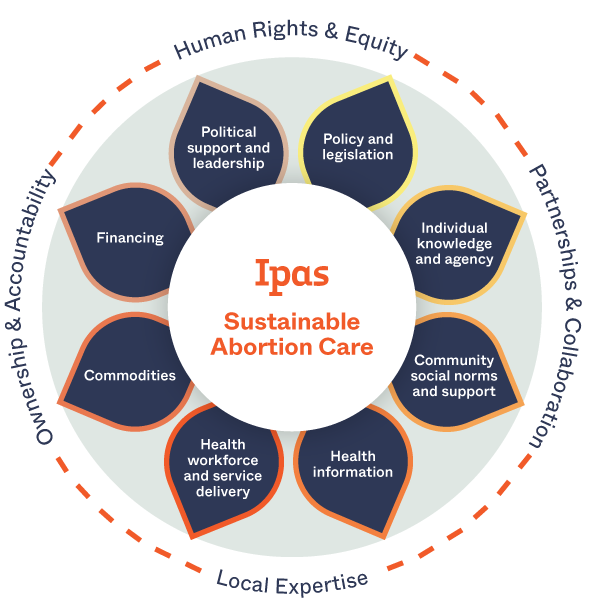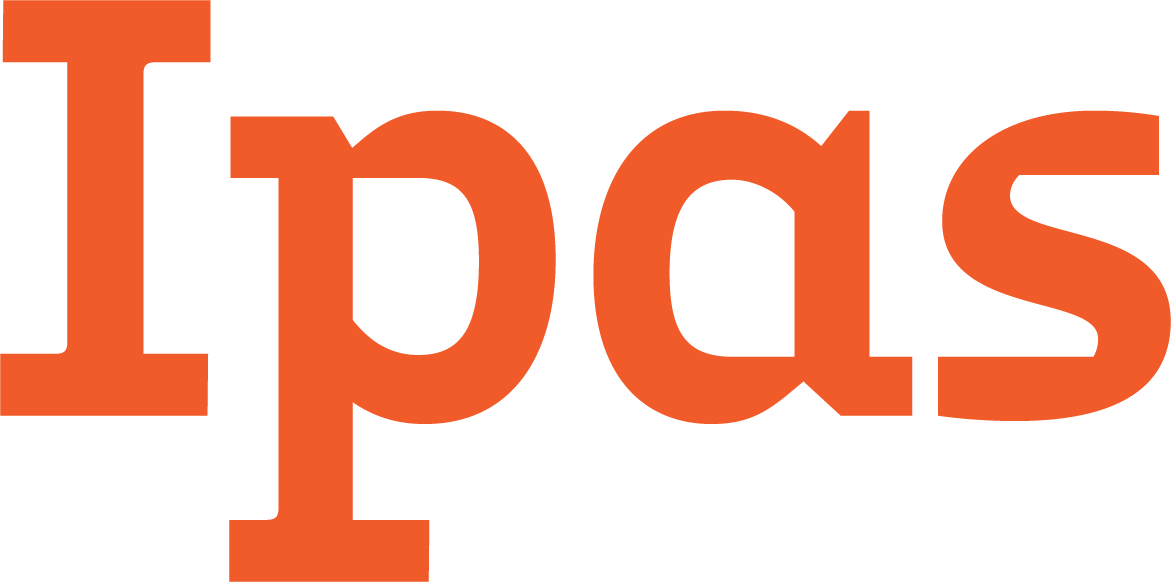Most people associate the public health model called harm reduction with the innovative clean needle exchange programs started in the 1980s to curb HIV infection among intravenous drug users. Since then, however, harm reduction has become an evidence-based approach to reducing public health risks—including those from unsafe abortion.
“In broad terms, a harm reduction approach is one that supports the lessening of harms associated with an activity or behavior, without assigning any moral judgment to the behavior itself,” explains Alexandra Teixeira, Ipas community access associate for Asia programs.
In the case of abortion, reproductive health advocates are beginning to apply a harm reduction framework to women’s use of misoprostol without the oversight of a trained clinician. Such an approach acknowledges that for women who face legal, economic, social or cultural barriers to accessing abortion services within the health system, misoprostol use outside the health system is safer than the methods to which these women may otherwise resort. Further, a harm reduction approach specifies that women have a right to accurate information about misoprostol and to understand the risks involved.
“The harm-reducing act of terminating a pregnancy with misoprostol instead of by other prevalent and harmful methods started with women, not the health-system—that’s one reason why it’s so innovative,” Teixeira says. “This isn’t the diffusion of an innovation from the health-care system out to the masses; rather, women took it into their own hands. Now we can look for ways to bring health-care systems on board to help amplify the benefits that women are already receiving from misoprostol self-use.” Three core principles define harm reduction
According to an article in the International Journal of Gynecology and Obstetrics by Joanna Erdman, the MacBain Chair in Health Law and Policy at Canada’s Dalhousie University, “three core principles of harm reduction” can be applied to self-administered misoprostol: neutrality, humanism and pragmatism.
- The neutrality principle refers to the focus on the health-related risks and harms of abortion, rather than its legal or moral status. This shift brings about a change in public policy responses to unsafe abortion, namely public health interventions rather than prohibition and punishment.
- The humanistic principle refers to the entitlement of all women, regardless of their decision-making about pregnancy, to be treated with respect, dignity and worth. All women deserve to be treated as members of the community, whose health and lives matter.
- The pragmatic principle accepts the inevitable reality that women engage in unsafe abortion for many reasons, and thus emphasizes the importance of meeting the needs of women were they are, which may include self-inducing abortion outside the health system.
“Part of harm reduction’s mandate is to meet women where they are,” says Alyson Hyman, Ipas community access senior associate. “We can never know all the factors that have influenced a woman’s decision to use misoprostol outside the health system, so it’s important not to judge. A woman could be dealing with domestic violence, a community that severely stigmatizes abortion, or any number of other factors that could make using misoprostol outside of the clinic the safest abortion choice for her.”
Harm reduction fuels innovative strategies for informing women
Even though women’s self-use of misoprostol “has made unsafe abortion ‘safer,’” Erdman’s article asserts that more can still be done: “While much information on the safe and effective use of misoprostol is available, women often lack access to this information. This includes information on dosage and routes of administration, gestational range of use, possible side effects, and complications.”
Women’s need for accurate information on how to safely use misoprostol presents a huge opportunity to affect change at the community level, and advocates, nongovernmental organizations and even governments have been developing harm reduction strategies to meet this need.
For example, the nonprofit organizations Women on Waves and Women on Web support safe abortion hotlines in Latin America, Asia and Africa where women face considerable barriers to abortion access. And Uruguay’s program Iniciativas sanitarias contra el aborto provocado en condiciones de riesgo (Health initiatives against abortion in unsafe conditions) has been providing women with information on safer self-induced abortion methods despite the many legal restrictions on abortion (some of which would change with the recently passed reforms in October, but many restrictions will remain, especially for women seeking to terminate pregnancies after 12 weeks). In fact, the program is well known for having won the support of the national Ministry of Health, and it was implemented in all public-sector health facilities. Another creative harm reduction approach employed by a group in Latin America uses trained “accompaniers” who meet in person with every woman they help to provide counseling, guidance and support before, during and after the medical abortion process.
A new way of looking at things
In addition to helping women, employing a harm reduction approach to curbing unsafe abortion also allows reproductive health professionals a new lens through which to assess—and promote—their efforts.
“The value of using this framework is that you’re able to think through the three core principles and figure out how you can strengthen what you’re already doing,” Hyman explains. “And at the level of health-care professionals, advocates and policymakers, using a harm reduction framework to talk about our work will help us make more strides because we can demonstrate how this approach has worked in other fields. It’s a way of turning people’s thinking and getting them to approach a topic they may otherwise have some reservations about.”
While policymakers and health-system officials may not support abortion, a harm reduction approach allows them to rally together in support of reducing maternal deaths from unsafe abortion. “The values expressed and promoted, those of protecting life and health, are so widely accepted, they are seen as neutral social goods on which consensus can be found,” Erdman writes.
Because effective harm reduction strategies stand to notably decrease the number of deaths and injuries from unsafe abortion in places where abortion is legally restricted, some experts worry that such success may end up weakening a country’s political will for longer-term reform of restrictive laws.
To avoid this consequence, experts say a focus on human rights advocacy can benefit any harm reduction approach. “While meeting the needs of women, harm reduction does not discharge government of its responsibility to address the abusive, repressive, or limiting constraints that create these needs,” Erdman writes. “Meeting these needs [should not] relieve efforts to challenge the legal and political orders that endanger, degrade, and oppress women in violation of their human rights.”
And in fact, the three core principles of harm reduction—neutrality, humanism and pragmatism—support the work of advocates for human rights and reproductive justice just as much as the work of health professionals. The legal and ethical framework provided by a harm reduction approach can serve as a powerful tool to strengthen political will for change that benefits women.
“The bottom line is this: We know women are using misoprostol,” Hyman says. “Harm reduction can help us work together to ensure they have the information, resources and support to do it safely.”
Share your work
Are you or your organization doing harm reduction work? The staff leading Ipas’s harm reduction work would love to hear about it. Please email [email protected].
Additional resource: The full text of Joanna Erdman’s article “Access to information on safe abortion: A harm reduction and human rights approach,” published in the Harvard Journal of Law and Gender, is available online.
For more information, contact [email protected].

